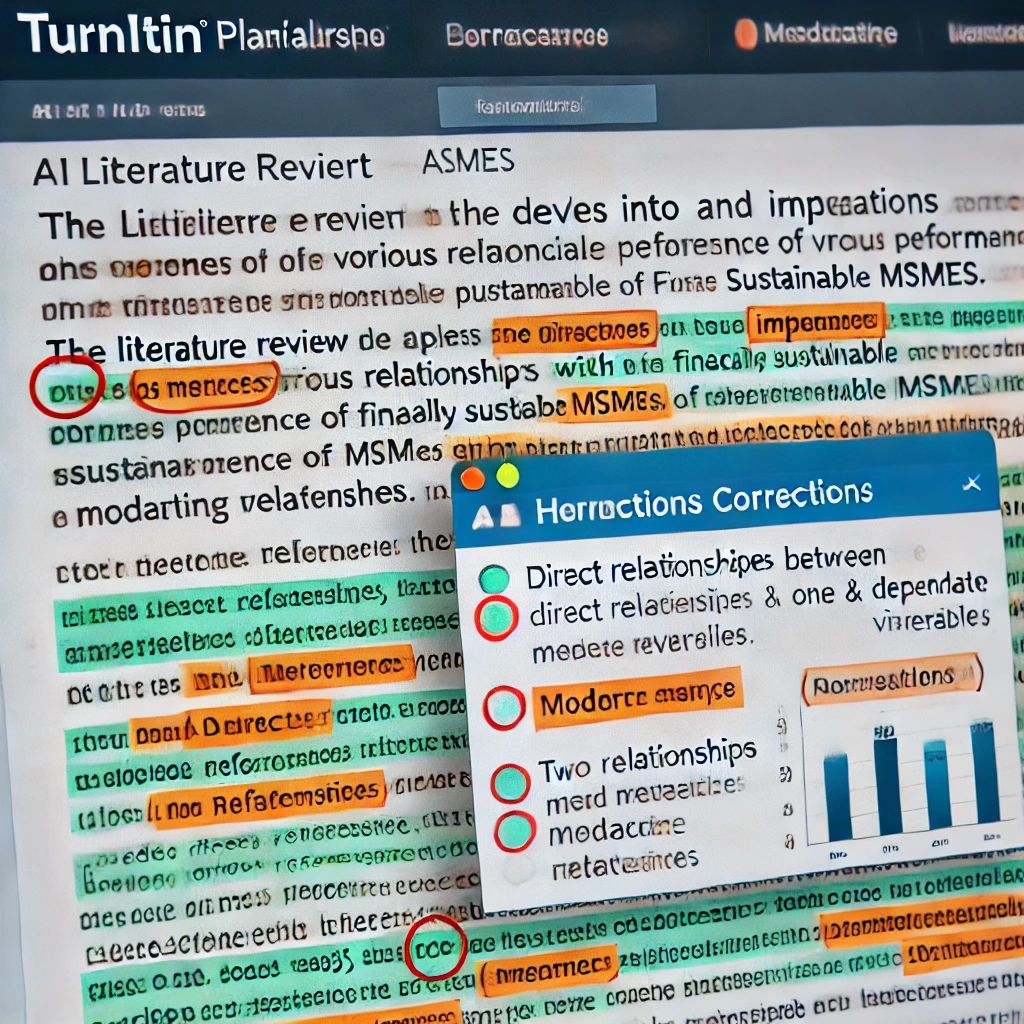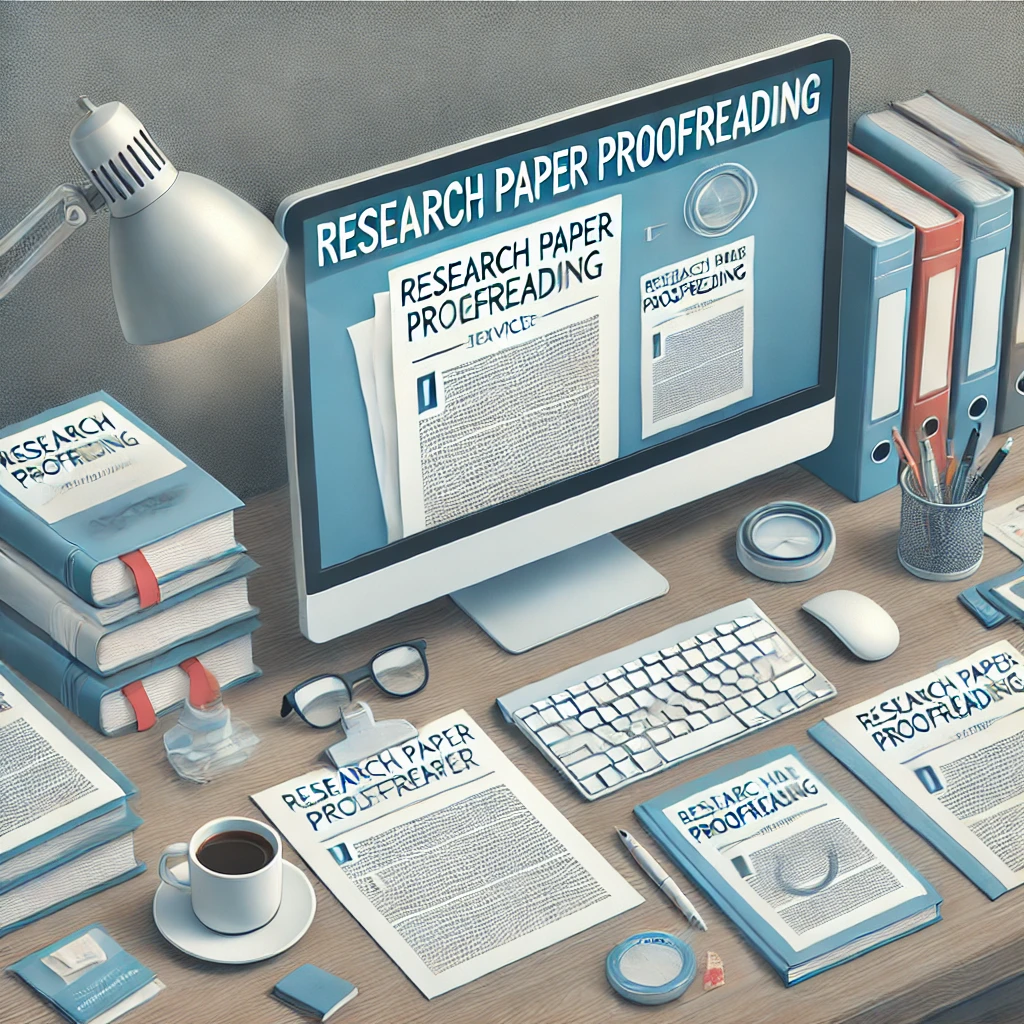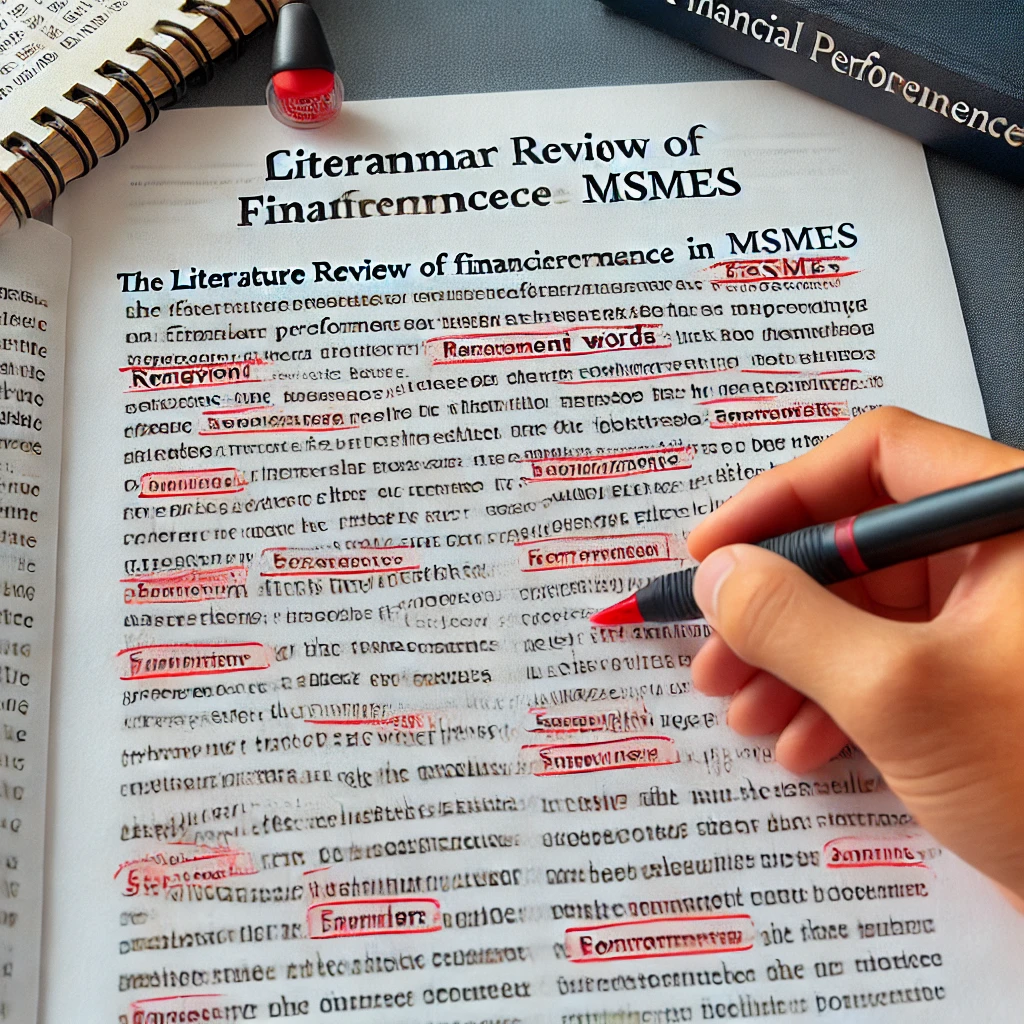[vc_row full_width=”stretch_row_content” css=”.vc_custom_1643190810830{background-color: #dd1313 !important;}”][vc_column width=”1/6″][vc_btn title=”About” color=”primary” align=”center” button_block=”true” link=”url:https%3A%2F%2Fresearchstars.org%2Fjournals%2Finternational-research-stars%2F|||”][/vc_column][vc_column width=”1/6″][vc_btn title=”Editorial Board ” color=”primary” align=”center” button_block=”true” link=”url:http%3A%2F%2Fresearchstars.org%2Feditorial-board-member%2F|||”][/vc_column][vc_column width=”1/6″][vc_btn title=”Author Guidelines” color=”primary” align=”center” button_block=”true” link=”url:https%3A%2F%2Fresearchstars.org%2Fjournals%2Finternational-research-stars%2Fauthor-guidelines%2F|||”][/vc_column][vc_column width=”1/6″][vc_btn title=”Archives ” color=”primary” align=”center” button_block=”true” link=”url:https%3A%2F%2Fresearchstars.org%2Fjournals%2Finternational-research-stars%2F2276-2%2F|||”][/vc_column][vc_column width=”1/6″][vc_btn title=”Indexing” color=”primary” align=”center” button_block=”true” link=”url:http%3A%2F%2Fresearchstars.org%2Finternational-research-stars%2Findexing%2F|||”][/vc_column][vc_column width=”1/6″][vc_btn title=”Contact” color=”primary” align=”center” button_block=”true” link=”url:http%3A%2F%2Fresearchstars.org%2Finternational-research-stars%2Fcontact%2F|||”][/vc_column][vc_column][vc_row_inner css=”.vc_custom_1643191030561{background-color: #21ef77 !important;}”][vc_column_inner][vc_column_text][/vc_column_text][/vc_column_inner][/vc_row_inner][/vc_column][/vc_row][vc_row full_width=”stretch_row” css=”.vc_custom_1644551557773{background-color: #def47c !important;}”][vc_column width=”1/3″][vc_single_image image=”3278″ img_size=”medium”][/vc_column][vc_column width=”1/3″][vc_column_text]
International Research Stars
ISSN: 2583-276X
Volume-1, Issue -1 (January to March -2022)
Pp: 1 – 36
[/vc_column_text][/vc_column][vc_column width=”1/3″][vc_btn title=”Next Issue” color=”sky” align=”right” link=”url:https%3A%2F%2Fresearchstars.org%2Fjournals%2Finternational-research-stars%2F2276-2%2F3267-2%2F|||” css=”.vc_custom_1671894561205{background-color: #def47c !important;}”][/vc_column][/vc_row][vc_row full_width=”stretch_row” css=”.vc_custom_1644550562641{background-color: #def47c !important;}”][vc_column width=”1/6″][vc_column_text]
S.NO
[/vc_column_text][/vc_column][vc_column width=”2/3″][vc_column_text]
Paper Title and Authors(s) Name
[/vc_column_text][/vc_column][vc_column width=”1/6″][vc_column_text]
Pages. No
[/vc_column_text][/vc_column][/vc_row][vc_row full_width=”stretch_row” css=”.vc_custom_1644550581419{background-color: #def47c !important;}”][vc_column width=”1/6″][vc_column_text]
01
[/vc_column_text][/vc_column][vc_column width=”2/3″][vc_column_text]
Paper Title: A CASE STUDY ON WEAVERS SOCIO-ECONOMIC CONDITIONS IN HANDLOOM INDUSTRY OF ANDHRA AND TELANGANA STATES
Author(s) Name: Dr. Srinivasa Rao Kasisomayajula
[/vc_column_text][vc_column_text]
The handloom industry is India’s most important cottage sector, representing and conserving the country’s vibrant and beautiful culture and traditions. Weaving is the most basic of the numerous processes of handloom clothing production. It is characterised as a frame for weaving with some wooden devices attached to it. The handloom business creates items that are both environmentally benign and energy efficient. The end result is improved longterm development. A cooperative is a self-governing group of people who meet for the purpose of pursuing a shared goal. This study has identified the major economic elements to blame and proposed solutions to interrupt the vicious cycle of these economic variables, which together make these people’s work and lives a full misery
[/vc_column_text][/vc_column][vc_column width=”1/6″][vc_column_text]
1-10
[/vc_column_text][vc_btn title=”Download” color=”sky” align=”center” link=”url:https%3A%2F%2Fresearchstars.org%2Fwp-content%2Fuploads%2F2022%2F04%2FIRS-1.1-Paper-1-10.pdf|||” css=”.vc_custom_1658647966459{background-color: #def47c !important;}”][/vc_column][/vc_row][vc_row full_width=”stretch_row” css=”.vc_custom_1644550598891{background-color: #def47c !important;}”][vc_column width=”1/6″][vc_column_text]
02
[/vc_column_text][/vc_column][vc_column width=”2/3″][vc_column_text]
Paper Title: A STUDY ON CHALLENGES & ISSUES OF WOMEN EMPLOYEES IN THE HOSPITALITY SECTOR CONCERNING SELECTED PREMIUM HOTELS IN HYDERABAD.
Author(s) Name: Dr. Ramesh Gotte PGDRIM, PhD
[/vc_column_text][vc_column_text]
Women employee workforce is rapidly increasing in the Indian organized hospitality sector, and their contribution is much more significant and valuable to achieve organizational objectives. Moreover, the focus of this study is to analyze women employees work environment challenges and issues like: Company gives adequate facilities for women for work-life balance; Women get equal opportunities as men in promotions. The attitude of the male boss is fair towards women employees. The efficiency of women work is treated the same as male co-employee. Women tend to be given lower-level positions even when they have sufficient skill to perform the higher-level job at the workplace. Weather Women employees are facing any sexual harassment at the workplace. The Survey was conducted in selected premium five-star Hotel units for this study, with 266 respondents of various level women employees and staff. The researcher adopted a convenient random sampling technique for data collection, and the SPSS 17.0 as an analytical tool used to create cross-tabulation and chi-square test have done to analyze the women employee issues and their challenges at the workplace in a Hospitality organization.
[/vc_column_text][/vc_column][vc_column width=”1/6″][vc_column_text]
11-17
[/vc_column_text][vc_btn title=”Download” color=”sky” align=”center” link=”url:https%3A%2F%2Fresearchstars.org%2Fwp-content%2Fuploads%2F2022%2F04%2FIRS-1.1-Paper-11-17-4.pdf|||” css=”.vc_custom_1658647954476{background-color: #def47c !important;}”][/vc_column][/vc_row][vc_row full_width=”stretch_row” css=”.vc_custom_1644550617128{background-color: #def47c !important;}”][vc_column width=”1/6″][vc_column_text]
03
[/vc_column_text][/vc_column][vc_column width=”2/3″][vc_column_text]
Paper Title: IMPACT OF COVID 19 AND ACADEMICIANS LIFESTYLE IN SOUTH INDIA
Author(s) Name: Dr. A. Ravi, MBA, Ph.D., D.Litt, Dr. M. Kethan MBA, PGDRIM, PhD
[/vc_column_text][vc_column_text]
This paper essentially centers around the issues looked by researchers during the COVID 19 pandemic. All nations confronted what was happening and were impeded for quite a long time. This issue influences the economies of numerous nations. Regardless of all areas, the schooling area has encountered numerous issues during this COVID 19 pandemic. One of the significant regions is training. It has to do with numerous kids and a youthful populace all over the planet. Each nation is searching for arrangements that assist understudies with defeating instructive difficulties and extend their insight in pandemic circumstances. This article subtleties the effect of COVID 19 on researchers and the distinctions among stress and orientation. The essential information (345) gathered by researchers is working in Tamil Nadu, Kerala, Karnataka, Andhra Pradesh and Pondicherry. The information was broke down utilizing ANOVA and different relapse. This examination uncovers that couple of researchers have high computerized and ICT abilities. Given the issue of web network, it is hard to keep understudies ready. Researchers experience issues evaluating and surveying because of many issues, for example, pay cuts, following understudy records prompts emotional wellness issues, and instructors are overpowered by helpless work. The investigation additionally plainly shows that all kinds of people are encountering pressure during this pandemic. Generally, the researcher’s way of life has changed
[/vc_column_text][/vc_column][vc_column width=”1/6″][vc_column_text]
18-23
[/vc_column_text][vc_btn title=”Download” color=”sky” align=”center” link=”url:https%3A%2F%2Fresearchstars.org%2Fwp-content%2Fuploads%2F2022%2F04%2FIRS-1.1-Paper-18-23-1.pdf|||” css=”.vc_custom_1658647979211{background-color: #def47c !important;}”][/vc_column][/vc_row][vc_row full_width=”stretch_row” css=”.vc_custom_1644550636875{background-color: #def47c !important;}”][vc_column width=”1/6″][vc_column_text]
04
[/vc_column_text][/vc_column][vc_column width=”2/3″][vc_column_text]
Paper Title: Entrepreneurship in the Tourism Industry – Issues pertaining to SME’s: A study of small and medium hotel operators in Tamil Nadu.
Author(s) Name: Dr. S. Kumaran, Mr. Manjeet Singh and Dr.B. Latha Lavanya
[/vc_column_text][vc_column_text]
The pandemic of COVID-19 and the resulting disruptions have created ideal conditions for revamping the outdated educational system. Traditional education programmes will be strengthened by the quick transition to online mode, which coincides with the end of the current academic year. The transformation from a steeping tea figure in education to a competency-based learning programme has begun. Tourism and the use of internet technology are crucial for people’s socioeconomic development. It is the relocation of people for leisure purposes from their usual residence to a tourist site. Tamil Nadu is the most popular tourist destination in India, with 3859.09 lakh domestic visitors in 2018. According to the Economic Survey 2019-20, Tamil Nadu is one of the top three states in terms of attracting domestic and international tourists. The four main components of tourism are attraction, accommodation, accessibility, and amenities. Tamil Nadu is known for pilgrimage tourism, history tourism, hills tourism, beach tourism, medical tourism, and other forms of leisure travel. Hotel rooms, motels, resorts, service apartments, guesthouses, and other lodging options are available to visitors. The tourism industry is primarily reliant on hoteliers. Small and medium hotel proprietors, who are the primary enterprises in the tourism industry, house and feed tourists. More than 10,000 small and medium firms operate budget hotels and lodges, according to the President of the Tamil Nadu Hotel Association. The researcher chose to look at the issues that small and medium-sized hotel owners face in order to better understand their role in the tourism industry. The study’s main goals are to determine the study profile of small and medium hotel operators (gender, age, education level, work experience, and courses taken), evaluate the hotel operators’ entrepreneurial characteristics (financial resources to start or expand the business, marketing development, and government support), and analyse their problems and issues related to their hotel operations.
[/vc_column_text][/vc_column][vc_column width=”1/6″][vc_column_text]
24-33
[/vc_column_text][vc_btn title=”Download” color=”sky” link=”url:https%3A%2F%2Fresearchstars.org%2Fwp-content%2Fuploads%2F2022%2F04%2FIRS-1.1-Paper-24-33-1-1.pdf|||” css=”.vc_custom_1658647992138{background-color: #def47c !important;}”][/vc_column][/vc_row][vc_row full_width=”stretch_row” css=”.vc_custom_1644550655667{background-color: #def47c !important;}”][vc_column width=”1/6″][vc_column_text]
05
[/vc_column_text][/vc_column][vc_column width=”2/3″][vc_column_text]
Paper Title: Women empowerment: Role of Education in India
Author(s) Name: Dr. N. Sree Rajani
[/vc_column_text][vc_column_text]
Empowerment means embracing and giving citizens the right to earn income, contribute to financial decisions, and a strong focus on participating in political processes, informal decision-making, and the economic sphere. Skilled women, in particular, make decisions that benefit their children’s welfare, well-being, and prospects of survival. Training, it is claimed, boosts people’s self-confidence and encourages them to pursue decent employment and live on an equal footing with men. Additionally, education will heighten women’s understanding of their rights, improve their self-esteem, and allow them to determine their rights. This paper will discuss the function of education in women’s empowerment, especially in the Indian context.
[/vc_column_text][/vc_column][vc_column width=”1/6″][vc_column_text]
34-36
[/vc_column_text][vc_btn title=”Download” color=”sky” align=”center” link=”url:https%3A%2F%2Fresearchstars.org%2Fwp-content%2Fuploads%2F2022%2F04%2FIRS-1.1-Paper-34-36.pdf|||” css=”.vc_custom_1658648003978{background-color: #def47c !important;}”][/vc_column][/vc_row][vc_row full_width=”stretch_row” css=”.vc_custom_1648271889414{background-color: #def47c !important;}”][vc_column][/vc_column][/vc_row]



